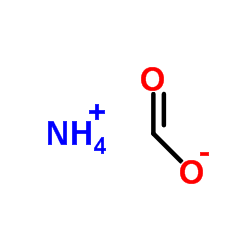| Structure | Name/CAS No. | Articles |
|---|---|---|
 |
Formic Acid
CAS:64-18-6 |
|
 |
Acetonitrile
CAS:75-05-8 |
|
 |
Methanol
CAS:67-56-1 |
|
 |
Aqueous ammonia
CAS:1336-21-6 |
|
 |
Formic acid ammonium salt
CAS:540-69-2 |
|
 |
Cocaine
CAS:50-36-2 |